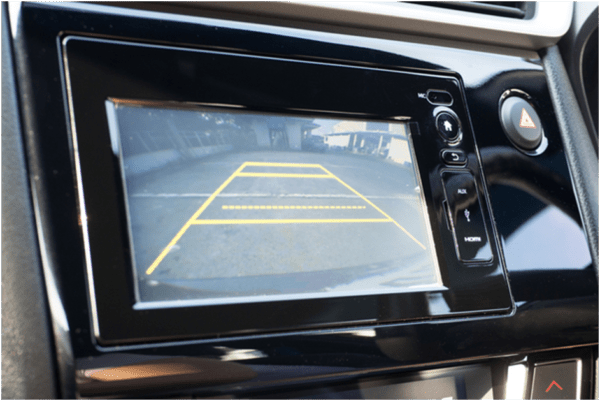
When you were first learning how to drive, you might have been impressed by the fact that your parents’ car had a CD player instead of a basic AM/FM radio, and you were happy when they finally sprung for a car with air conditioning and automatic windows.
Thanks to the advent of some pretty amazing vehicle-related technology, the features that we thought were ultra-cool and advanced a decade or two ago are now considered to be basic equipment. Over the last few years, there have been some notable and impressive advances in vehicle technology — for instance, check out the following examples:
The 2.8-liter Turbodiesel Engine
Pickup trucks have been traditionally thought of as fuel-eating machines. That all changed in 2016, when the Chevy Colorado was introduced, along with its 2.8-liter Duramax turbodiesel engine. The new engine took the already-impressive and fuel efficient Colorado and took it to the next level. The engine, which is described as both “torquey” and fuel efficient (19 miles per gallon in the city and 26 on the highway), is a 181-hp, 369-lb-ft four-cylinder Duramax turbodiesel engine that gives the Chevrolet Colorado the power that pickup drivers crave, along with the superior fuel economy that their wallets will appreciate.
Back-up Cameras that Detect Side Motion
Backing out of a tight space in a busy parking lot, or even going into reverse in one’ s driveway can be daunting, especially if you live in a neighborhood with lots of small children. Having a back-up camera that automatically shows what is behind you once you shift into reverse is one of the greatest innovations to come to the automobile industry. However, in addition to people, fences, trees, tricycles and anything else that might be right behind your vehicle, it can also be dicey to see cars that are zipping up the road as you pull out of your driveway, or pedestrians dashing through parking lots as you are going into reverse. Thanks to some nifty recent advances in this type of technology, some cars are equipped with devices that can search for and see approaching cross traffic; if it senses anything coming along, the vehicle will sound an alarm. The visual indicators are often located on the outside mirrors, but you can also have them installed in your car if they aren’t included.
Lane Departure Warnings: Various Options
Another innovative and recent advancement in vehicle technology involves a lane departure warning system. This system basically means that your car will alert you when it’s about to leave its lane, sounding a warning to get you to correct your driving and get back on track. There are now a variety of versions of this technology that are available, and in many cases you can get them all included in a new vehicle for about $1,000. In addition to the basic aforementioned lane departure warning that requires the driver to make the correction, there is also a new “lane keep assist” function that springs to action once the car has drifted out of the lane; your vehicle will actually steer itself away from the lane marking, but the driver has to re-center the car. “Lane centering assist” is the newest and best version of this technology; the proactive system strives to keep your vehicle centered in the lane, and it works as long as the car can sense that you have your hands on the steering wheel.
As time goes on, it will be fun to see what additional technology will be added to cars. Believe it or not, our kids and grand kids may one day talk about the “old fashioned features” like the back-up cameras and lane departure warning systems that we now find to be so innovative. Only time will tell!
 Gearfuse Technology, Science, Culture & More
Gearfuse Technology, Science, Culture & More


